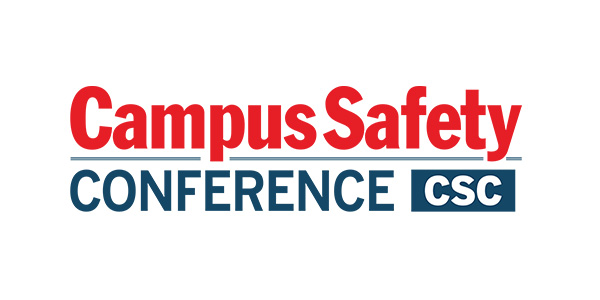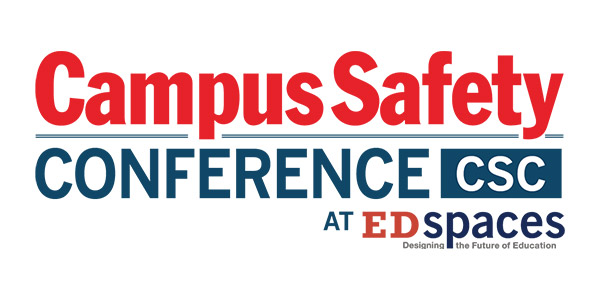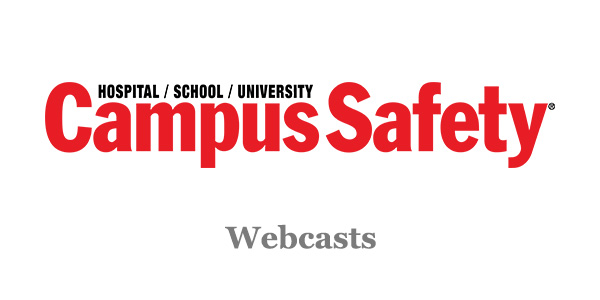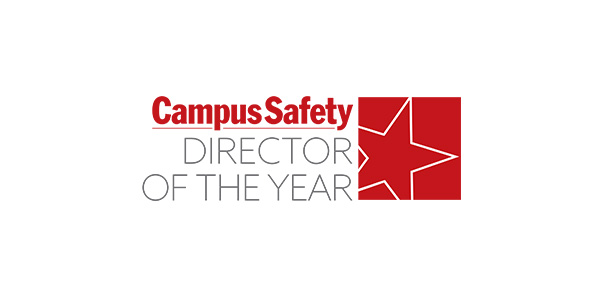Training of those individuals authorized to launch messages – switchboard operators, communications officers, protective services officers and public information officers – was a breeze. REACT provided the training and demonstrations in one hour classes for select staff members so they could learn how to use the new system to launch alerts.

Before the system went live, employees who were authorized to send messages were allowed to practice on their terminals for about two weeks. This enabled them to get comfortable with the new system’s features.
3,500 Workstations Receive Alerts in 3 Seconds
Now, SCVMC’s emergency messages can be sent to its 3,500 campus computer workstations within three seconds. The messages can be catered to different groups based on location or responsibility. The alerts usually contain three bullet points that address the immediate actions to be taken by employees. Below the bullet points is an area where script can be added regarding details of the incident, including its location.
As soon as a computer receives the notification, the message displays clearly on the screen but does not disrupt or delete any open files or work on the computer.
According to Albert, her campus uses the REACT mass notification system all of the time. “There’s not a day that goes by where we don’t have some sort of alert,” she says. “Code Blue,” which signifies cardiac arrest or medical emergency is the most common emergency message sent (see sidebar).
Although the system proves its value every day, SCVMC employees were particularly impressed when it was used to alert everyone that a person in a campus building was carrying a weapon. “Staff in other locations knew to stay away from the situation,” says Albert. “They didn’t feel like they were walking into a dangerous situation without warning.”
In fact, SCVMC’s safety committee is so impressed with the REACT solution that it is in the process of expanding the system to another 1,500 workstations.
Get Stakeholder Buy-in Before Deployment
For other campuses considering a computer pop-up mass notification system, Albert recommends that a diverse group of stakeholders in the organization be involved in the planning process and given the opportunity to provide input on the solution. She believes this approach led to widespread acceptance of the REACT system by SCVMC employees and administrators.
The fact that the solution is easy to use has also helped. “It is truly something that the majority is gaining from, but it doesn’t require an extra time commitment from them,” says Albert. “All they have to do is receive the message and act on it, if needed.”
Are Your Policies in Place?Having the latest technology won’t work very well if it doesn’t have the right policies and procedures supporting it. In SCVMC’s case, determining message groups, security levels and the types of incidents when the REACT solution should be used were some of the policies that had to be determined before the system went live. Albert and her committee had learned from their previous SCVMC emergency and disaster drills the types of information various groups of campus constituents required. “We looked at each of the types of emergencies we might face and who it was who needed to know what was going on,” she says. “Did only the people within a certain area need to know or was this something we didn’t want someone from another part of campus walking into without that information?” Albert and her committee also determined the security levels of everyone on campus. Only individuals above a certain level are allowed to launch a message, and in SCVMC’s case, those individuals are the switchboard operators, communications officers, protective services officers and public information officers. Although the REACT solution could be used for non-emergency communications, SCVMC officials made the decision to only use it for emergencies, including cardiac arrest or a medical emergency; fire; call for security; bomb threat; hazardous material incident; infant abduction; missing child, activation of the hospital command center; stroke; potential heart attack; decontamination; emergency ro |
Campus at a GlanceHospital: Santa Clara Valley Medical Center (SCVMC) is a 574-bed hospital located in Northern California’s Silicon Valley. It is comprised of 35 buildings and eight freestanding clinics both onsite and in remote locations. The hospital serves approximately 400 patients per day, and the clinics serve about 800,000 patients and visitors per year. SCVMC has around 6,000 staff members and is the only medical center in the region that has a rehabilitation center, burn center, high-risk maternity center and trauma center. Security Department: SCVMC’s security department has approximately 50 nonsworn officers. Backup is provided by the county sheriff. Challenge: SCVMC’s public address system wasn’t installed in all of the buildings on campus. In other areas that were covered by the PA, intelligibility was an issue. Also, some staff would tune out the emergency announcements or the announcements wouldn’t be appropriate for the general public. Solution: The REACT computer pop-up emergency alert system was installed in 3,500 of SCVMC’s computer work stations. Now messages can be catered to different groups based on location or responsibility. It takes about three seconds for messages to be received. |







